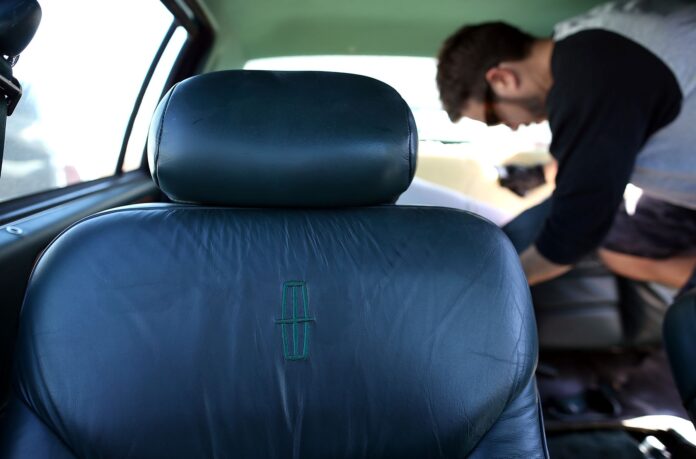As a parent, choosing the right car seat for your child can be a confusing and overwhelming task. With so much information available, it’s not uncommon to come across myths and misconceptions about car seats. This can lead to making the wrong choices, putting your child’s safety at risk.
Car seats are essential for the safety of children while traveling in a car. They are designed to protect children in the event of a collision by minimizing the impact and reducing the risk of serious injury or death.
Unfortunately, there are many myths and misconceptions surrounding car seats that can put children at risk. This article will help parents make informed decisions by separating fact from fiction. In case you still haven’t one for your child, you can find here a high-quality and reliable carseat.
Car Seats Expire
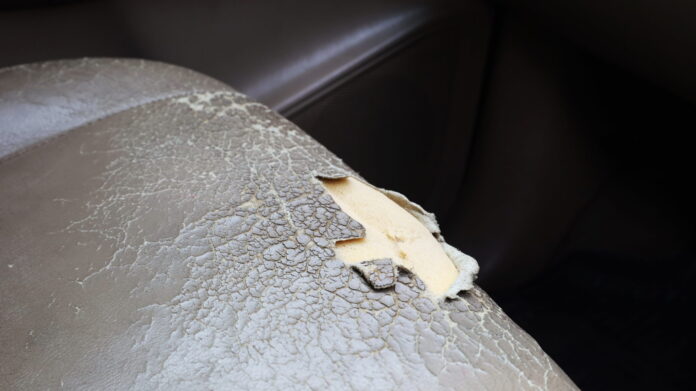
One of the most common myths surrounding car seats is that they expire. This is not entirely true. Car seats do not expire, but they can become damaged over time. Exposure to sunlight, heat, and humidity can cause the materials to degrade, making the seat unsafe to use.
Additionally, car seats are subject to wear and tear, which can also make them unsafe to use. It is recommended to replace a car seat after an accident, even if it appears to be in good condition.
The Car Seat Can Be Installed Without Reading the Manual
Another myth is that car seats are straightforward and easy to install, and the manual can be ignored. However, this could not be further from the truth. Every car seat is different, and the instructions for installation are specific to each model.
It is essential to read the manual thoroughly before installing the car seat to ensure that it is installed correctly. An improperly installed car seat can compromise the safety of your child in the event of a collision.
Newborns Don’t Need a Car Seat
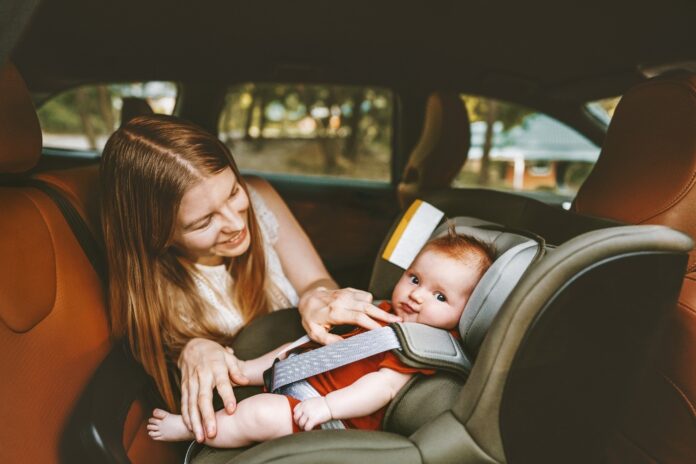
This is a dangerous myth. Newborns should always be transported in a car seat, regardless of the distance.
The American Academy of Pediatrics recommends that all infants should ride in a rear-facing car seat until they are two years old or until they reach the highest weight or height limit of the car seat. This is because a rear-facing car seat provides the best protection for an infant’s head, neck, and spine in the event of a collision.
Infants Can Face Forward After One Year
Another myth is that infants can be turned around to face forward after one year. This is not correct. Infants should remain in a rear-facing car seat until they are two years old or until they reach the highest weight or height limit of the car seat.
This is because a rear-facing car seat provides the best protection for an infant’s head, neck, and spine in the event of a collision.
A Car Seat Can Be Used for Multiple Children
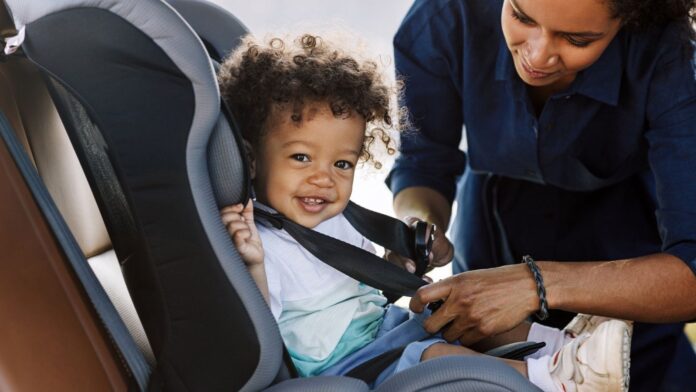
This is a myth that can put children at risk. Car seats should never be passed down from one child to another. Car seats are subject to wear and tear, and even if the seat appears to be in good condition, it may have hidden damage that can compromise its safety.
Additionally, car seats are designed for specific weight and height ranges, and a car seat that was used for one child may not be suitable for another.
Booster Seats Are Only for Children Over Four Years Old
This is a myth that can put children at risk. Children should be in a booster seat until they are eight years old or until they reach 4’9″ tall. This is because a booster seat raises a child to the height necessary for a seatbelt to fit properly.
A seatbelt that does not fit properly can cause serious injury or death in the event of a collision. Booster seats are not just for children over four years old; they are for children who have outgrown their car seat and require a booster to ensure that the seatbelt fits properly.
Car Seats Can be Used in Any Type of Car
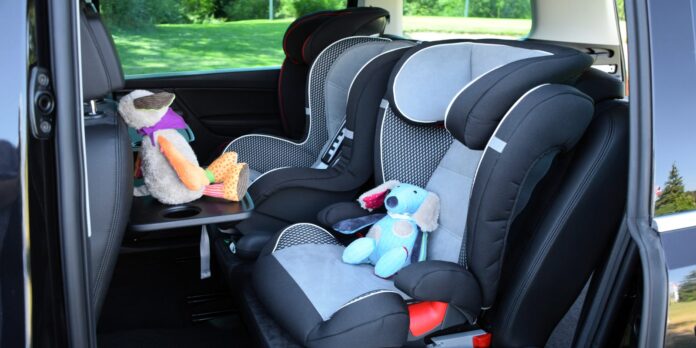
This is a myth that can put children at risk. Car seats are designed to fit in specific types of cars and are tested in those vehicles.
It is important to check the compatibility of your car seat with your car before installation. Not all car seats are compatible with all cars, and an improperly installed car seat can compromise the safety of your child.
Once Installed, the Car Seat Does Not Need to be Checked
This is a myth that can put children at risk. Car seats should be checked regularly to ensure that they are installed correctly and in good condition.
It is important to tighten the straps and make sure that the seat is level to ensure that it provides the best protection in the event of a collision. Additionally, it is important to check that the seat has not become damaged over time, as exposure to sunlight, heat, and humidity can cause the materials to degrade.
Car Seats Can be Installed Loosely
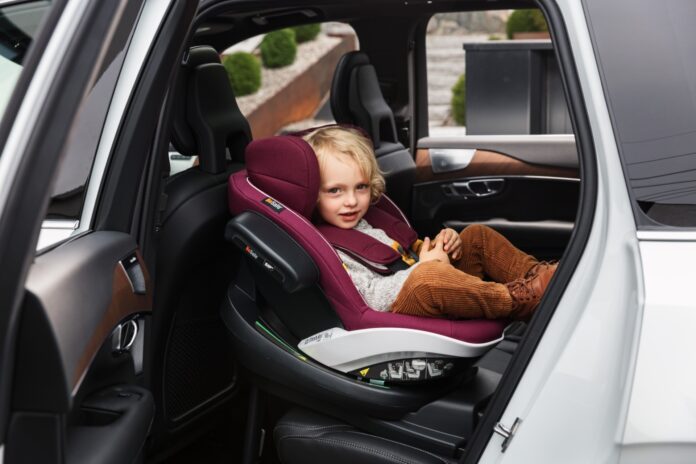
This is a myth that can put children at risk. Car seats should be installed tightly to ensure that they provide the best protection in the event of a collision.
A loosely installed car seat can move in the event of a collision, which can cause serious injury or death to the child. It is important to follow the instructions in the manual for installation to ensure that the car seat is installed correctly and tightly.
Car Seats are Only for Long Trips
This is a myth that can put children at risk. Car seats should be used every time a child is in a car, regardless of the distance. Children are at risk of serious injury or death in the event of a collision, even if the trip is just around the corner.
Car seats are designed to provide the best protection for children in the event of a collision, and it is essential to use them every time a child is in a car.
Conclusion
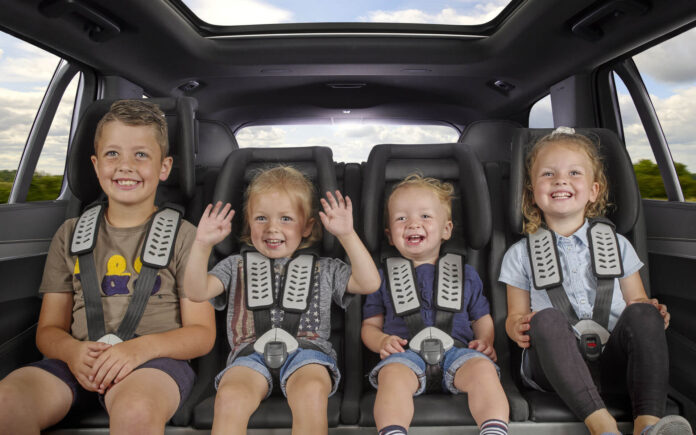
As you can see, there are many myths and misconceptions surrounding car seats that can put children at risk. It is important to separate fact from fiction when choosing a car seat for your child. This article has debunked ten of the most common myths, providing parents with the information they need to make informed decisions.
It is essential to use a car seat every time a child is in a car, regardless of the distance, and to check the seat regularly to ensure that it is installed correctly and in good condition. By following these guidelines, parents can ensure that their children are protected while traveling in a car.

